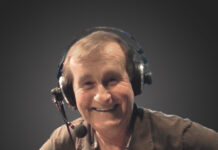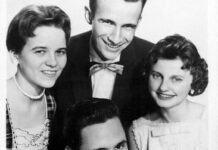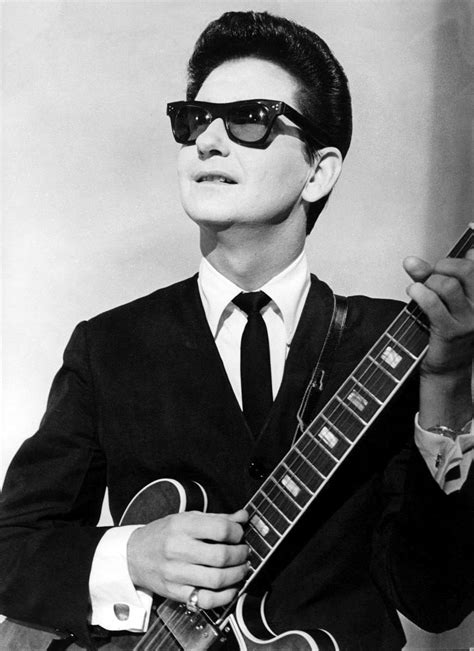-
The Music Cycle: The Extremes Approaching Next Year
- by Guy Zapoleon, Radio Consultant Aug. 1, 2017
Why will 2018’s music cycle be like 1988 (and 2001 as well)? It’s the Extremes of the Music Cycle. The Music Cycle is composed of three phases that have repeated every 10 years since 1956, where the balance of core styles differs from phase to phase.
- Birth/Pop Phase, with plenty of Pop hits plus Rock & R&B are more pop.
- Extremes moves toward the edges, away from Pop, Top 40’s ratings begin to dip.
- Doldrums – Mainstream Top 40s R&B and Rock edges soften and much of Rock and R&B music is avoided entirely. Mainstream Top 40s ratings dip even more.
So what causes the phases to change or brings on a new Music Cycle? The music tastes of the masses act much like a pendulum. It’s simply human nature, and just like with anything else in life, people’s tastes change over time, especially when you have too much of one thing and not enough of something else you might desire. When one genre is overexposed or another genre suddenly becomes popular and the pendulum swings, the result is more Rock or More Pop or more R&B/Rhythmic. Each new generation of teens and young adults want their own music, artists and often different genres of music. Another factor — and what has kicked off each Pop phase — is the emergence of a superstar or a new platform; the Beatles in 64, MTV in 82, and in 2013, music technology/digital platforms like iHeartRadio.
The intensity of a phase depends on the reaction by the leading mediums and platforms of the day to the phases, and Top 40 radio is still the biggest factor in deciding which songs become hits.
So, in 2017 we’ve seen an incredible few years for music as EDM/Dance has evolved into the Pop of today for today’s young fans. Pop superstars Justin Bieber, Selena Gomez and Alessia Cara have paired with the best EDM DJs such as Zedd, Kygo, David Guetta and today’s most successful EDM artists The Chainsmokers. However, it’s easy to see by looking at the top songs on the playlists from the various music platforms that the hottest sounds/artists that are dropping and then exploding are Hip-hop artists dropping #1 music albums and songs. Now you are beginning to see this at Top 40 radio as well.
So why is this like 1988 (and 2001)? Read on.
1988 followed a Rebirth Pop phase started by a new platform, MTV. Bob Pittman debuted MTV in August of1981, and MTV’s influence took hold in 1982 as a hit breaking platform, spawning the 80s Rebirth/Pop phase of the Music Cycle that had a six-year run. However, 1988 was a turning point in music. The sheer amount of great pop music that had dominated the previous six years dried up, with many of the major Pop stars like Madonna and Prince taking a break. Tastes were changing and the two other key components of Contemporary Music — Rock and R&B — were getting more raw and extreme in sound. The active audience had grown tired of Pop versions of everything as the Pop Rhythm/R&B of the past few years had morphed into New Jack Swing (Keith Sweat, Bell Biv Devoe), and Rap was exploding with music’s edgiest sound. NWA, Public Enemy, LL Cool J and then Salt N Pepa, Rob Base and finally MC Hammer in 1989 were crossing to Top 40. At the same time Rock was changing from Pop Rock (Journey Survivor, John Mellencamp), to Metal (Def Leppard/ Guns N Roses) and Hair (Bon Jovi/ Poison)
So, the Pop Rebirth phase became the Extremes with more and more of the biggest hits being either Rap/R&B or Metal/Hair. with was much less of Top 40’s Pop center sound to be the glue to hold the more extreme Rock and R&B together as a successful format.
READ THE REST OF THE ARTICLE HERE AT AllAccess.com








I recall the “Extremes” from 2001 (although I would have personally pegged 2002-03 as the pivotal years). The teen pop acts (Backstreet Boys, ‘N Sync, Britney Spears) shifted out of phase, and we saw an insurgance of hip hop/R&B acts (50 Cent et al) into the main stream. On top of this, the Urban CHR format made it’s debut in Canada; first in Toronto in 2001 (Flow 93-5), followed by Vancouver (The Beat), and Calgary (the short-lived Kiss 96-9 and Vibe 98-5) a year later. Then of course there was the Jack format thrown into the mix. Top 40 radio was in a crisis. It was either take the Urban approach, or else evolve into a more mainstream Hot AC. I personally enjoyed the Urban-leaning music, but was disappointed to see some of the Top 40 giants of the ’90s turtle in the face of adversity.